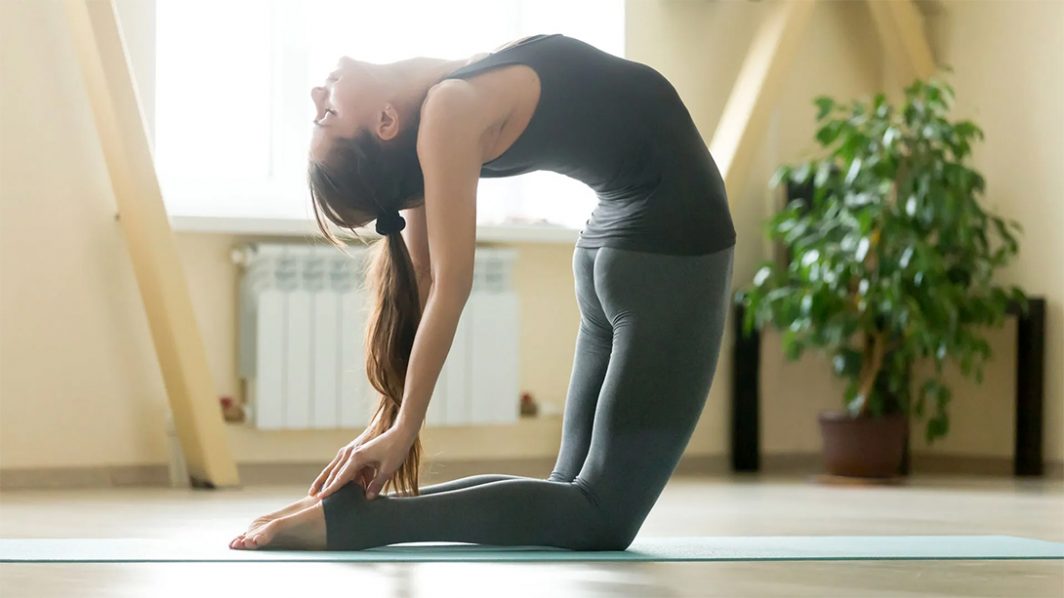
The Taoist world-view, and its associated yoga/qigong practices, is based largely upon an understanding of the flow of energy, within and outside of the human body, and includes an understanding of sexual energy which is far more sophisticated than anything produced by western culture. Integral to this understanding are what are known as “The Three Treasures.” These Three Treasures represent three types (or vibratory frequencies) of energy found in the human body: (1) Jing, or generative energy, (2) Qi, or life-force energy, and (3) Shen, or spiritual energy. Fundamental to all qigong/Taoist yoga practice, including sexual/consort practices, is the waking up of Jing/generative energy and its subsequent transformation into Qi/life-force energy and Shen/spiritual energy. And then, conversely, the transformation of Shen into Qi into Jing. In other words, the Taoist practitioner cultivates the capacity to circulate energy freely between its various forms/frequencies: from the most primal/mundane to the most refined/ephemeral … and back again!
How exactly this happens is the subject of a vast field of enquiry & practice called Internal Alchemy. If you’re interested in reading about internal alchemy via classical Taoist texts, please see Eva Wong’s translations (from the Chinese into English): “Harmonizing Yin and Yang,” and “Holding Yin, Embracing Yang.” For a wonderful presentation of a sequence of qigong practices (which include sexual practices), please check out Eric Yudelove’s book “Taoist Yoga and Sexual Energy.” In this and subsequent postings, I’ll be introducing some of these (and related) practices, but they’re best done in the kind of long sequence that Eric Yudelove lays out … and/or with the guidance of a flesh-and-blood teacher.
Here’s a simple practice that you can try: sit at the very edge of a firm straight-backed chair (a wooden kitchen chair is ideal), with your feet on the floor and your knees directly above your heels. Your sitting bones should be firmly planted on the chair, at the same time as most of the length of your thighs extends out in front of it. Place your hands, palms down, on the front of your thighs, in a way that allows your shoulders to be relaxed, and let your belly be soft. Take a couple of deep breaths, letting go of any tension you find in your face, jaw, or neck/throat. Smile gently. Then, as you exhale, hinge forward at your hips, bringing your head down toward the space between your knees. With the very next inhale, reverse the process so you’re once again sitting up-right. And repeat: exhale~down, inhale~up (like a crane, taking sips of water from a lake) … Do your best, with each forward rotation, to rest the entire front-side of your torso onto the front of your thighs. Continue for a minute or two, then pause again in the upright position, and notice how you feel.
The second part of the practice is done entirely from the upright position (still sitting right at the edge of the chair, with your feet planted firmly on the ground). It involves coordinating the movement of your breath with the movement of your attention. As you inhale, feel your sitting bones becoming more heavy, releasing more completely into the chair. (You can imagine that your sitting bones are two heavy diamonds, which you’re going to return to their home in the center of the earth.) As you exhale, feel a spaciousness, expansion & gentle effervescence at the center of your heart-space (that place behind the sternum/breastbone and in front of the thoracic spine). And repeat: inhale~sitting-bones heavy, exhale~heart-center spacious … Continue for a minute or two, then pause, and notice how you feel.
This simple practice, if done regularly, has the power to wake up fields of sensation which are quite interesting, and enjoyable … And can serve as a ground for the continuing cultivation of Jing, Qi & Shen: the Three Treasures which ~ from the point of view of Taoism ~ are the key ingredients of a healthy sexuality, among many other things.
Elizabeth Reninger, M.S. (Oriental Medicine) has been exploring Yoga/Qigong – in its Daoist, Buddhist and Hindu varieties – for upwards of twenty-five years. She maintains a private acupuncture practice in Boulder, Colorado, and is a published poet. For more of Elizabeth’s writing, on related topics, please visit http://taoism.about.com




